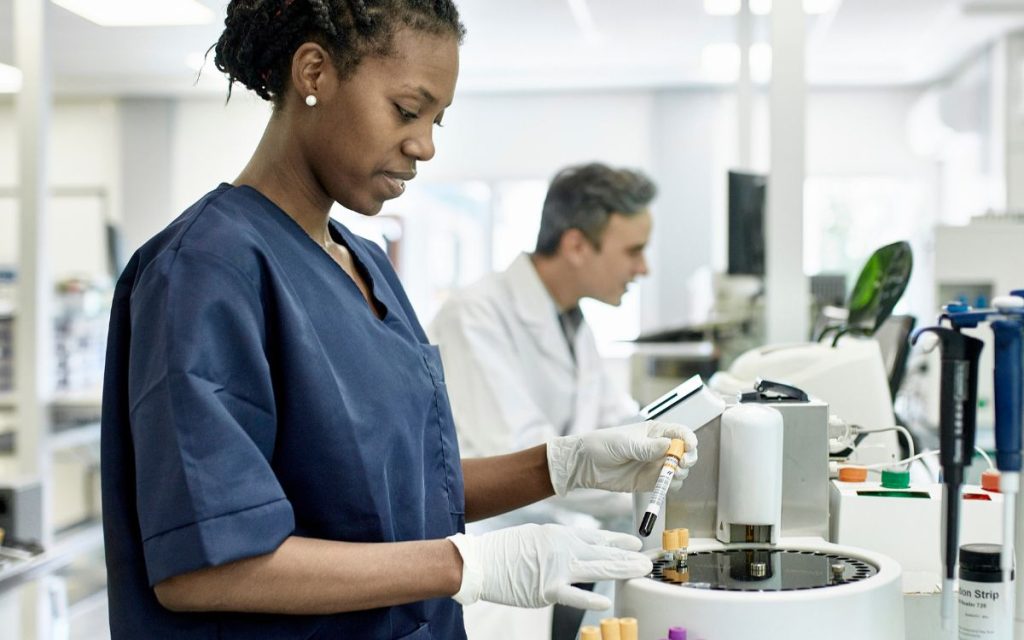The Cardiac Catheterization laboratory, also known as the Cardiac Cath lab, is a critical area in hospitals where diagnostic and interventional procedures are performed on patients with cardiovascular conditions. Effective inventory management in the Cardiac Cath lab is crucial for ensuring smooth operations, minimizing waste, and optimizing patient care. With the right strategies and practices, healthcare providers can unlock the secret to effective Cardiac lab inventory management.
Key Elements in Managing Cardiac Cath lab
One of the key elements in managing Cardiac Cath lab inventory is accurate forecasting. Forecasting involves analyzing historical data, procedure volumes, and trends to predict future inventory needs. By understanding the demand patterns and fluctuations in the cath lab, healthcare providers can align their inventory levels accordingly. This prevents stockouts or excessive stock, leading to improved efficiency and cost savings.
Additionally, establishing strong vendor relationships is vital for effective inventory management. Collaborating closely with suppliers and manufacturers allows the cath lab to receive timely deliveries, negotiate favorable terms, and access product information. Effective communication and coordination with vendors ensure that the cath lab has the right products at the right time, minimizing delays and optimizing patient care.
Implementing inventory control systems and technology solutions is another secret to success. Utilizing barcode scanning, radiofrequency identification (RFID), and automated inventory management systems streamlines the tracking and replenishment processes. These technologies provide real-time visibility into inventory levels, expiration dates, and product usage, enabling proactive management and reducing the risk of stockouts or expired items.
Standardization is a crucial factor in inventory management. By implementing standardized protocols, products, and equipment across the cath lab, healthcare providers can achieve better control over inventory. Standardization not only simplifies the procurement process but also enhances staff training and reduces the chances of error. Moreover, it allows for bulk purchasing, which often leads to volume discounts and cost savings.
Regular monitoring and analysis of inventory performance are essential to identify areas for improvement. By tracking key performance indicators (KPIs) such as inventory turnover rate, stock accuracy, and obsolescence, healthcare providers can spot inefficiencies and implement corrective measures. Continuous evaluation and adjustment of inventory management strategies lead to enhanced efficiency and reduced costs.
Effective communication and collaboration among cath lab staff are critical for inventory management. Establishing clear channels of communication and ensuring that everyone is aware of their roles and responsibilities fosters teamwork and efficiency. Regular meetings and feedback sessions allow staff to share insights, address issues, and propose innovative ideas for inventory optimization.
Training and education play a significant role in effective inventory management. Providing comprehensive training programs to cath lab staff on inventory control techniques, proper product handling, and storage practices is essential. Well-trained staff members are more likely to follow protocols, reduce errors, and ensure the longevity of inventory items.
Lastly, it is important to prioritize patient safety and care in inventory management. By adhering to strict quality control measures, properly storing and handling inventory items, and promptly removing expired or damaged products, healthcare providers ensure patient safety and maintain regulatory compliance.
Wrapping Up
In conclusion, the secret to effective Cardiac Cath lab inventory management lies in accurate forecasting, strong vendor relationships, technology utilization, standardization, continuous monitoring, communication, staff training, and patient-centric approaches. By implementing these strategies, healthcare providers can optimize inventory levels, reduce waste, enhance efficiency, and ultimately provide better patient care in the Cardiac Cath lab.

